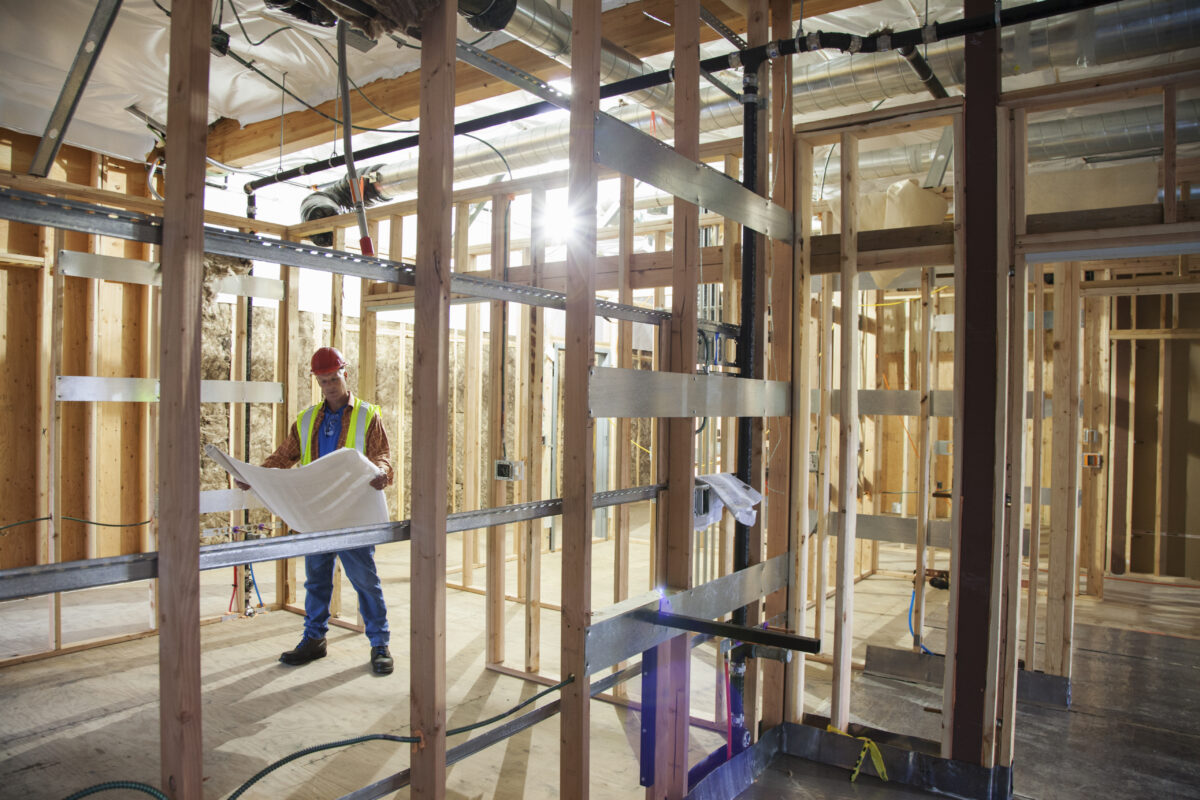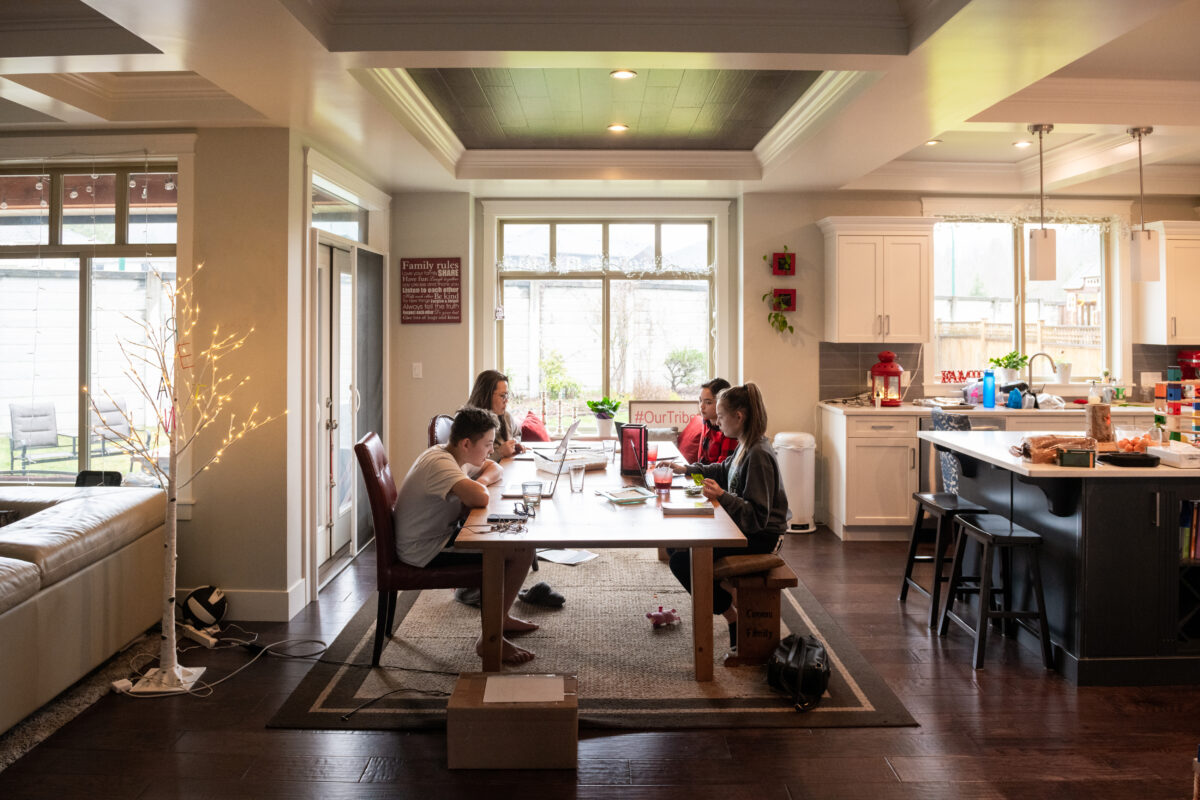Living in earthquake country brings a special sense of uncertainty to life. It’s time for all of us living in earthquake country to get “earthquake-proof” by securing our homes. Take a few simple steps, and you’ll sleep safer at night.
We can’t predict the smaller earthquakes, let alone the massive temblors. The next life-changing quake might happen at any time–even while you’re reading this article! Preparing for earthquakes means minimizing your risks, not eliminating them.
Earthquake-Proof Your Living Spaces
We now know that the greatest risk in major earthquakes comes from falling and flying objects. The first step for everyone in earthquake country should be to make the interior of your home as earthquake-safe as possible.
How to Earthquake Proof the Interior of Your House
- Move tall and heavy furniture away from the areas where people sleep, sit, or spend lots of time.
- Fasten the heavy furniture to at least two studs of your wall using flexible earthquake straps.
- Shift heavy items on shelves closer to the ground.
- Move seats and tables away from large glass windows, or minimize the risk of shattering by adding protective plastic window film.
- Store glassware inside closed cabinets.
- For objects on open shelves, add a “lip edge” to the shelf or secure objects themselves with museum putty or velcro.
Earthquake-Proof Your Utilities
Ensure that your water heater is strapped to the wall with two metal braces and has flexible corrugated water connectors. Learn the location of your gas-shutoff valve, make sure you know how to turn it off, and keep the correctly sized wrench for it nearby. If you are often away from home, consider an automatic valve that will shut off the gas in the event of an earthquake.
The Earthquake Country Alliance provides an extensive list of instructions for securing most household items and fixtures. The Federal Alliance for Safe Homes also offers this handy video that covers all the basics of securing your interior space.
Assess Your Home’s Structure
Now that you’ve locked down your interior space, consider the bones of your home. Even though most injuries come from flying objects and falls, houses still fall apart in earthquakes. If yours was built more than two decades ago and you’re not sure about the foundation, take a look.
Go down to the crawlspace or basement below your house, and inspect the perimeter walls. Seismic strengthening of houses mostly concerns foundation bolting and “cripple wall” bracing. Homes built directly on concrete slabs will not have crawl spaces, however these types on homes will likely have anchor bolts or straps already. Many homes in California and the Pacific Northwest do not have basements. If your home does, a seismic retrofit of the basement can give your home a stronger foundation for the whole house.
You can hire a licensed engineer to perform an inspection of your home and identify the weaknesses in the structure that require a retrofit. The homeowner should also be present for the inspection.
The Role of Moisture
It’s also important to understand how moisture will affect your foundation. The foundation of a home is affected by local soil and water conditions. California has soil with high clay content which expands and contracts when moisture is present. This can cause the foundation to move up and down and ultimately damage structure of a home. To help avoid moisture, keep your roof gutters clean, and make sure rainwater is always running into drains and not under the house.
Foundation Bolting
Most importantly, ensure that the “sill plate” of the house–the bottom of the walls–is corrected bolted to the foundation. Look for steel anchor plates that are installed at least every 4 to 6 feet along the sill. These anchors keep the house from rolling off the foundation during the massive shaking of a major earthquake.
If they don’t exist, are too few, or are installed incorrectly, you’ll likely want to act fast and hire a contractor or tackle the job yourself (if you are skilled and bold).
Bracing ‘Cripple Walls’
Cripple walls arise generally when a house has a small area like a crawlspace between the foundation and the first story of the house. These short, wood-framed walls basically act like shock absorbers during earthquakes. They can become a major factor in earthquake damage if they are unreinforced.
To strengthen cripple walls, homeowners usually install vented plywood sheathing or diagonal sheathing along the length of the walls. Properly done work will fasten the foundation, sill, cripple wall, and floor joists into one unbreakable mass.
Earthquake-Proof Planning
Along with making a family emergency plan, storing essential supplies in an earthquake kit, and meeting your neighbors, assessing the safety of your home ranks high on the earthquake preparation checklist.
The overall task might seem daunting, but if you take it one step at a time (perhaps start by securing one piece of furniture per day) you’ll advance to “earthquake-proof” soon enough. And you’ll be feeling much safer when the Big One finally hits.
Reviewed by Victoria Chames. Original publish date January 10, 2019.



